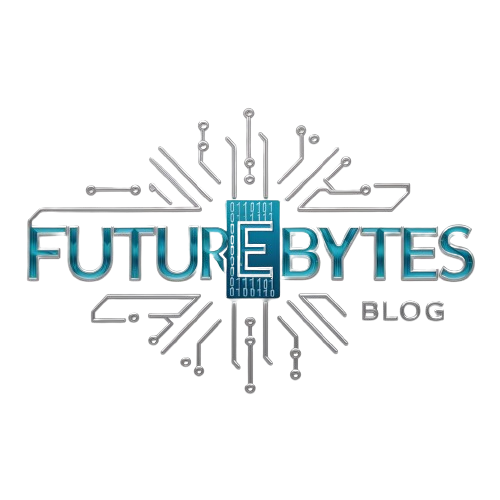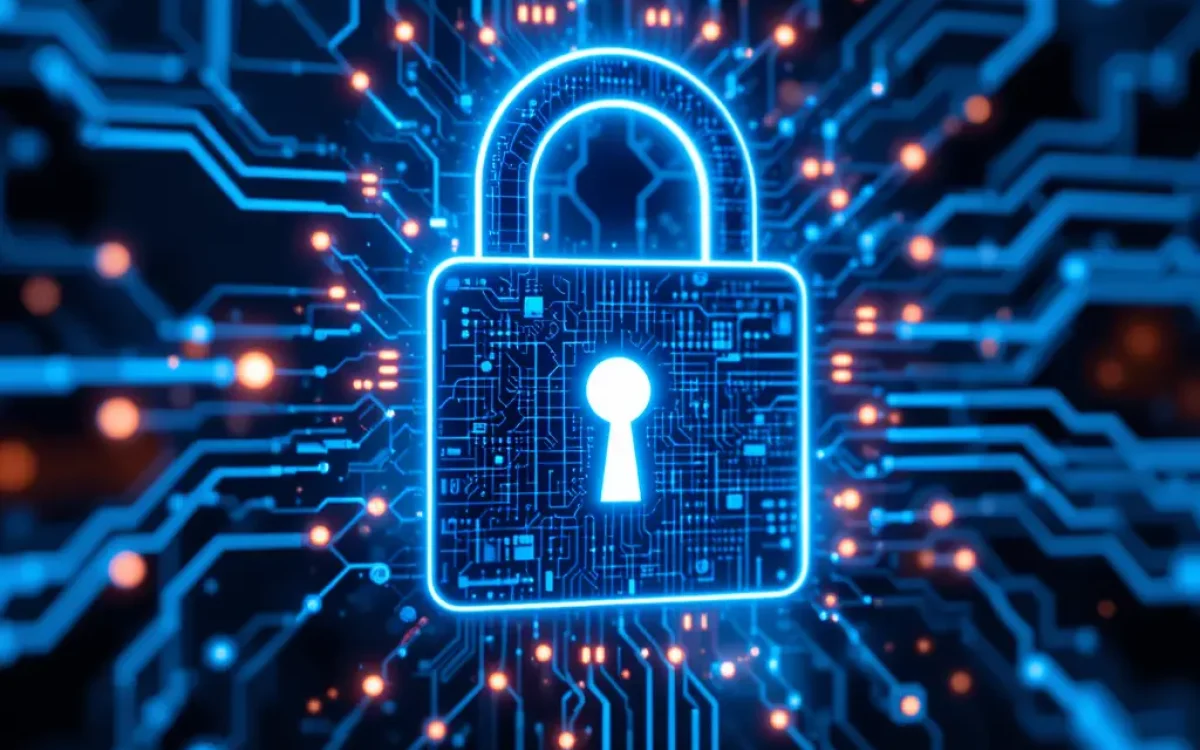Imagine a world where every click, every transaction, and every piece of data is under threat. As we approach 2025, the landscape of cybersecurity is evolving rapidly, presenting new challenges and risks. This article explores the top cybersecurity threats that individuals and organizations must be aware of to protect their digital assets. Understanding these threats is crucial for staying ahead and ensuring safety in an increasingly connected world.
Emerging Cyber Threats in 2025
As we approach 2025, the landscape of cybersecurity is evolving rapidly. New threats are emerging, and staying informed is crucial. In my experience as a cybersecurity expert, I’ve seen how quickly these threats can develop and the impact they can have on both individuals and organizations. It’s like a game of cat and mouse, where the stakes are incredibly high.
AI-Powered Attacks
One of the most significant emerging threats is the use of artificial intelligence in cyber attacks. Imagine a scenario where AI is used to automate phishing attacks, making them more convincing and harder to detect. This is not just a possibility; it’s already happening. AI can analyze vast amounts of data to craft personalized attacks, targeting specific vulnerabilities. In my opinion, this is one of the Top Cybersecurity Threats for 2025 that we need to prepare for.
Internet of Things (IoT) Vulnerabilities
Another area of concern is the growing number of IoT devices. These devices, from smart thermostats to connected cars, are becoming integral parts of our lives. However, they often lack robust security measures. I recall a case where a smart fridge was hacked, leading to a data breach. It sounds like science fiction, but it’s a reality we must face. Ensuring these devices are secure is essential to protect our personal and professional environments.
The Role of Artificial Intelligence in Cybersecurity
Artificial Intelligence (AI) is transforming the landscape of cybersecurity. As we approach 2025, the integration of AI in cybersecurity is becoming crucial to counteract evolving threats. Imagine AI as a vigilant guard, tirelessly monitoring and analyzing data to detect anomalies. This proactive approach is essential in addressing the Top Cybersecurity Threats for 2025.
AI’s Proactive Defense Mechanisms
AI in cybersecurity acts like a seasoned detective, identifying patterns and predicting potential breaches before they occur. For instance, AI algorithms can analyze vast amounts of data at lightning speed, something a human could never achieve. This capability allows for real-time threat detection and response. I recall a case where an AI system detected a subtle anomaly in network traffic, preventing a major data breach. This experience reinforced my belief in AI’s potential to revolutionize cybersecurity.
Challenges and Opportunities
While AI in cybersecurity offers numerous benefits, it also presents challenges. One concern is the potential for AI systems to be manipulated by cybercriminals. However, the opportunities outweigh the risks. AI can continuously learn and adapt, making it a formidable ally against cyber threats. In my opinion, the key lies in developing robust AI systems that can withstand attacks and evolve alongside emerging threats. As we face the Top Cybersecurity Threats for 2025, embracing AI’s capabilities will be vital for staying ahead of risks.
Protecting Personal Data in the Digital Age
In today’s digital age, protecting personal data is more crucial than ever. With the rise of cyber threats, individuals must be vigilant about their online presence. As a cybersecurity expert, I often compare data protection to locking the doors of your home. Just as you wouldn’t leave your front door open, you shouldn’t leave your personal information unguarded online.
Understanding the Importance of Data Protection
Data protection is not just a technical term; it’s a necessity. Imagine your personal data as a treasure chest. You wouldn’t want anyone to have access to it without your permission. In 2025, the Top Cybersecurity Threats will likely target this treasure. Hackers are becoming more sophisticated, and their methods are evolving. It’s like a game of cat and mouse, where staying one step ahead is vital.
One real-world example is the increasing number of phishing attacks. These attacks trick individuals into revealing sensitive information. I recall a friend who received an email that looked like it was from their bank. It was so convincing that they almost clicked on the link. This incident highlights the importance of being cautious and verifying the source before sharing any data.
Practical Steps for Data Protection
To protect your personal data, start with strong, unique passwords for each account. Think of them as keys to your digital life. Using a password manager can help you keep track of them. Additionally, enable two-factor authentication whenever possible. It’s like adding an extra lock to your door, making it harder for intruders to get in.
Another effective measure is to regularly update your software. Software updates often include security patches that protect against the latest threats. It’s similar to upgrading your home security system to fend off new burglary techniques. Remember, in the face of the Top Cybersecurity Threats for 2025, staying informed and proactive is your best defense.
Strategies for Businesses to Mitigate Cyber Risks
In the ever-evolving landscape of cybersecurity, businesses must adopt proactive strategies to safeguard their digital assets. As we approach 2025, the Top Cybersecurity Threats are becoming more sophisticated, making it crucial for companies to stay ahead of these risks. From my experience, a well-rounded approach to cyber risk mitigation can make all the difference.
Implementing Robust Security Protocols
One of the most effective ways to mitigate cyber risks is by implementing robust security protocols. Think of it like installing a high-tech security system in your home. Just as you wouldn’t leave your front door unlocked, businesses shouldn’t leave their networks unprotected. Regularly updating software and using firewalls can act as a strong deterrent against potential threats. In my opinion, businesses often overlook the importance of employee training. Educating staff about phishing scams and password security is akin to teaching them to lock the doors and windows.
Embracing a Culture of Cyber Awareness
Creating a culture of cyber awareness within an organization is another key strategy. It’s like having a neighborhood watch program where everyone is vigilant. Encourage employees to report suspicious activities and reward them for their vigilance. This not only helps in early detection of threats but also fosters a sense of responsibility. I recall a client who successfully thwarted a cyber attack because an alert employee noticed unusual email activity. Such anecdotal experiences highlight the importance of collective vigilance in cyber risk mitigation.
Conclusion
As we look towards 2025, the landscape of cybersecurity is evolving rapidly. The threats we face are becoming more sophisticated, and staying ahead of these risks is crucial. It’s like playing a game of chess where the stakes are incredibly high. You must anticipate your opponent’s moves to protect your assets effectively.
Reflecting on the Journey
Throughout my career as a cybersecurity expert, I’ve seen firsthand how quickly things can change. I remember a time when a simple firewall was enough to keep most threats at bay. Those days are long gone. Now, we deal with complex threats that require a multi-layered approach. It’s not just about having the right tools; it’s about understanding the Top Cybersecurity Threats for 2025 and preparing for them.
One of the most memorable experiences I had was during a security breach simulation. It was a wake-up call, showing how easily systems could be compromised if not properly secured. This experience taught me the importance of vigilance and continuous learning. In cybersecurity, complacency is the enemy.
As we move forward, it’s essential to stay informed and adaptable. The threats we face are not static; they evolve, just like technology. We must be proactive, not reactive. This means investing in education, staying updated with the latest trends, and fostering a culture of security awareness.
In conclusion, the journey towards securing our digital world is ongoing. We must remain vigilant and committed to understanding the Top Cybersecurity Threats for 2025. By doing so, we can protect not only our data but also our future. Remember, in the world of cybersecurity, knowledge is power, and preparation is key.






